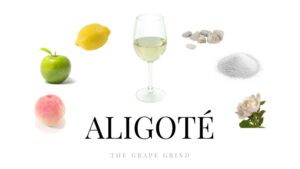
Aligoté
Make 2026 THE year.
Take 10% OFF your first 12 months of Tasting Group!
Code:
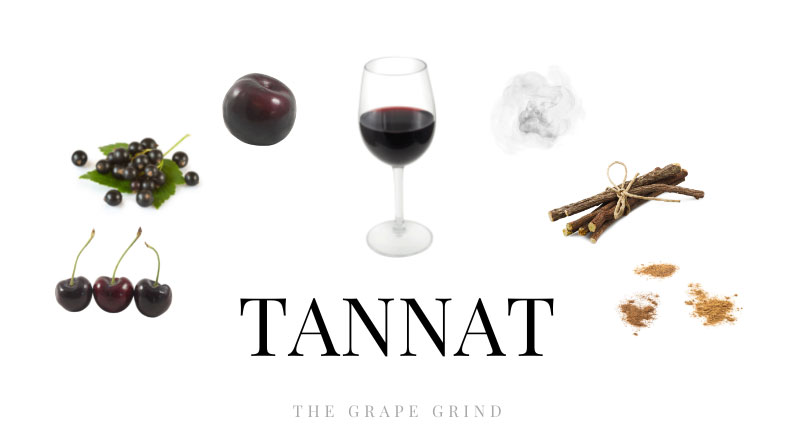
Tannat is a varietal known for making deeply tannic and intensely flavored red wines. Named after said tannins, Tannat is so richly flavored that it is often blended with other grapes such as Merlot and Cabernet Sauvignon. Its complexity makes it a wonderful food pairing wine best suited for your heartiest cuisines.
While Tannat originated in Southern France, it has found its home in a rather obscure region. Uruguay currently makes more Tannat than anywhere else due to its consistently warm climate.
Tannat is still an underrated grape, though its success in Uruguay has drawn some attention in some rather unassuming places.
A few more notes on Tannat:
The following guide will illustrate what Tannat often tastes like (aroma, flavor, and structure). It will also tell you where it’s from, provide you with common food recommendations, similar varieties, and let you know why you should be drinking more of it!
Tannat has intense flavors and aromas of black plum, cherry, and black currant, making it a deeply flavorful and juicy wine.
Beyond the fruit, Tannat also has many flavors that could be described as rustic. Smoke, spice, licorice, and tobacco are some of the powerful flavors found in Tannat.
Tannat has some of the highest tannins found in wine, which can often make the wines very “grippy.” Hence many winemakers choose to blend Tannat with Cabernet, Merlot, or Cabernet Franc to soften it.
STANDARD TASTING NOTES: These are your benchmark exam-style tasting notes.
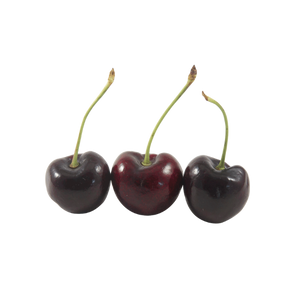
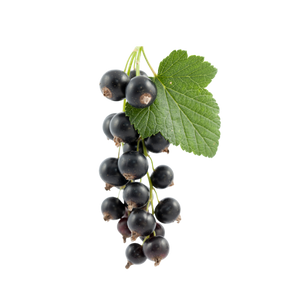
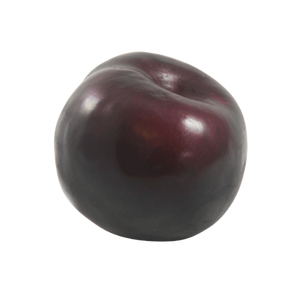
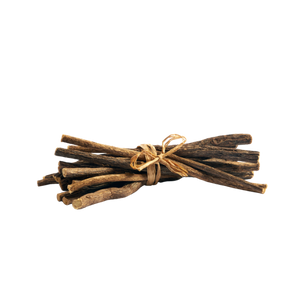

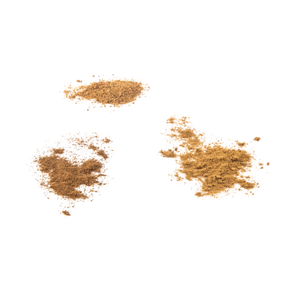
The lighter the winemaking style, the more you’ll be likely to notice red fruit flavors, while darker versions of Tannat will have more pronounced spice flavors.
Remember, wine tastes are somewhat relative. There may be some different tasting notes you consistently find while drinking Tannat.
There is no “one size fits all” when it comes to structure for every grape, however, there IS a general range when it comes to body, acid, alcohol, and tannin for each. Below are general guidelines for classic representations. Growing conditions and winemaking techniques can impact each of the following.
Think of body as the difference between water, skim milk, and whole milk. The lighter the body, the more akin to water it will feel. Tannat has a full body that sits heavy on the palate.

Think of acidity based on how your mouth salivates after drinking something. In the case of Tannat, you should expect medium to high acidity.

Alcohol gives you that “burn” feeling after taking a sip. Tannat ranges between medium to high in alcohol, typically 13-15% ABV.

Tannin contributes dryness of the wine. As we’ve gone over before, Tannat is INCREDIBLY high in tannins and can often have a “grippy” mouthfeel. This is why Tannat is typically aged in oak and or blended with other wines to soften the tannins and make a smoother wine.


Primarily in: Canelones
While Tannat did not technically originate in Uruguay, it has become its predominant growing region since the late 1800s. It was likely introduced to Uruguay via the Basque region of southwestern France, where it can still be found today on a smaller scale.
Uruguay lies in the same latitude range as Argentina, South Africa, and Australia, so it’s not surprising that Uruguay is able to make good, if not excellent wines. Today, Tannat is Uruguay’s most planted varietal and accounts for almost 30% of all wines produced.
Tannat’s success in Uruguay is due to the region’s temperate climate, with warm summers and mild winters. The weather, humidity, and quick-draining limestone soil allow Tannat to ripen fully and develop those signature dark fruit flavors.
You can also find Tannat from Argentina (Salta), France (Basque Country-Madiran), and the USA (Oregon).
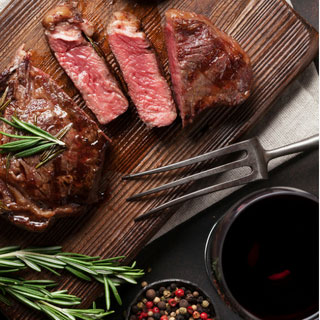
Tannat is intense and flavorful, so it needs a dish of equal richness to pair. The balance of Tannat’s robust fruit, spice, and smoke flavor will make it the perfect pairing with grilled steak, chicken, pork, you name it! And if you really want to get fancy then you can make asado, a South American technique for preparing steak over an open flame.
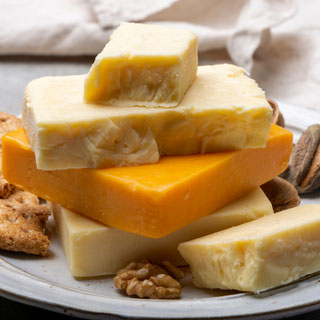
Think parmesan, aged cheddar, or gouda. The salty and nutty flavors will make the Tannat taste sweeter and less bitter in comparison while amplifying the flavor of the cheese as well.
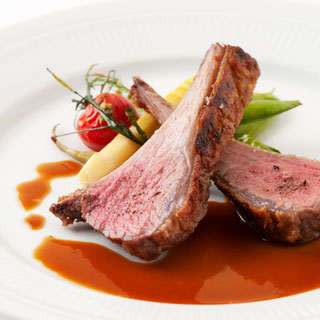
The earthy, gamey, savory flavor of the lamb will balance the dark fruit and spice flavors in Tannat, and the wine’s acidity will help to tenderize the meat.
Other Pairings: Mexican food, burgers, stews, mushrooms, veal
(common confusions)
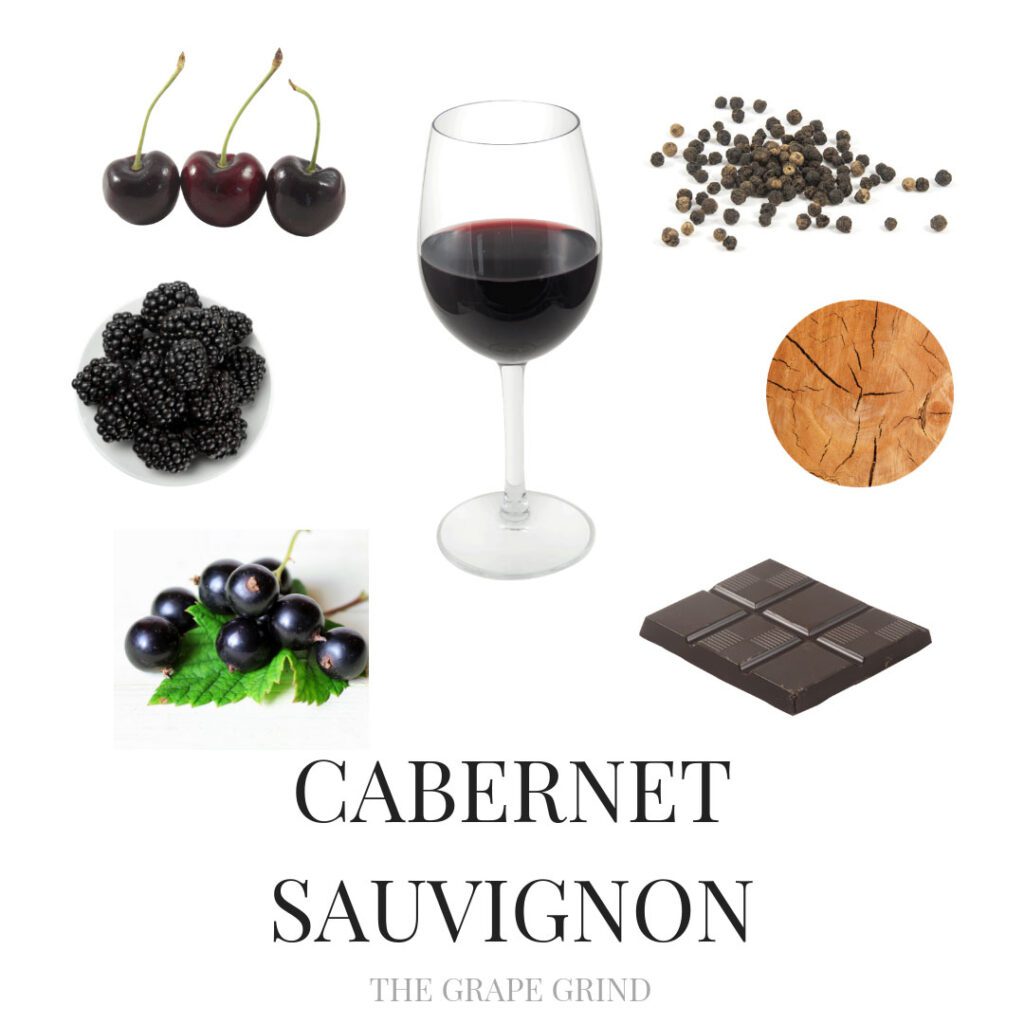
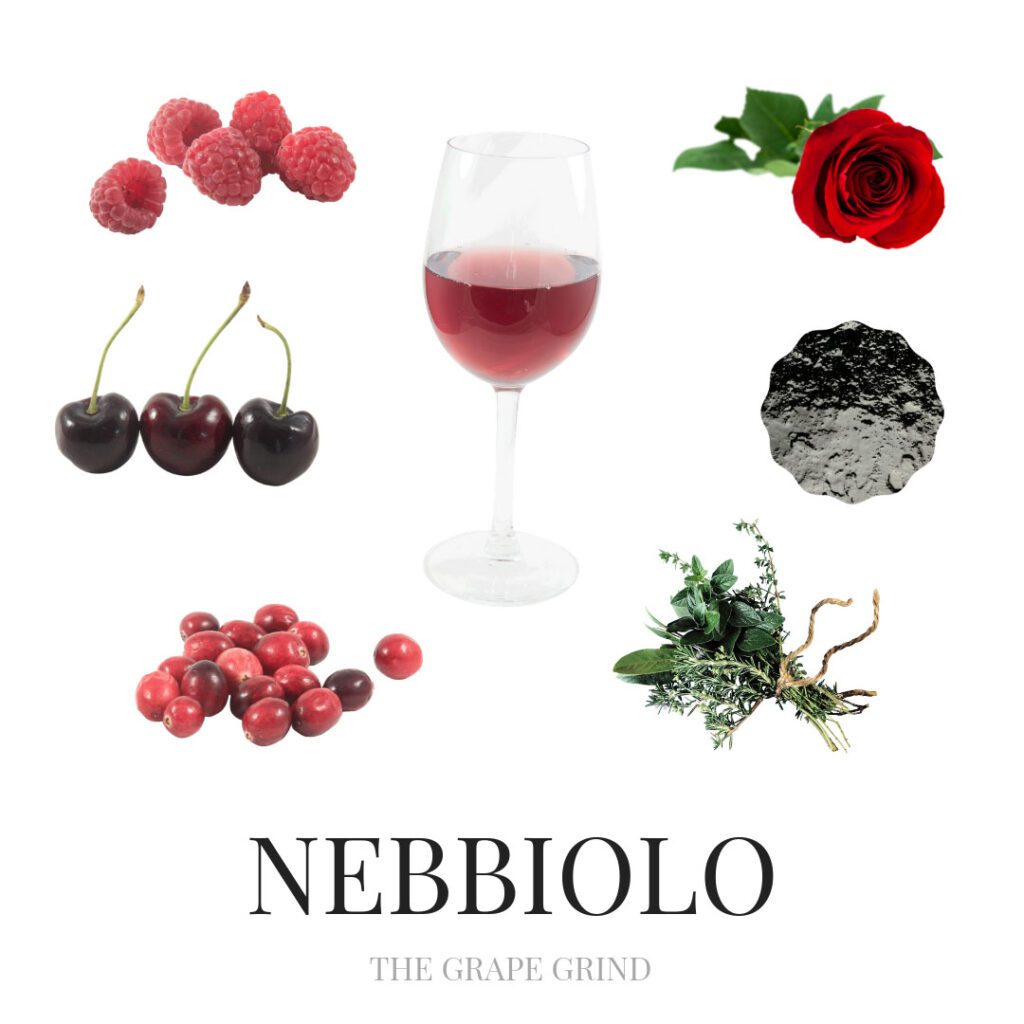
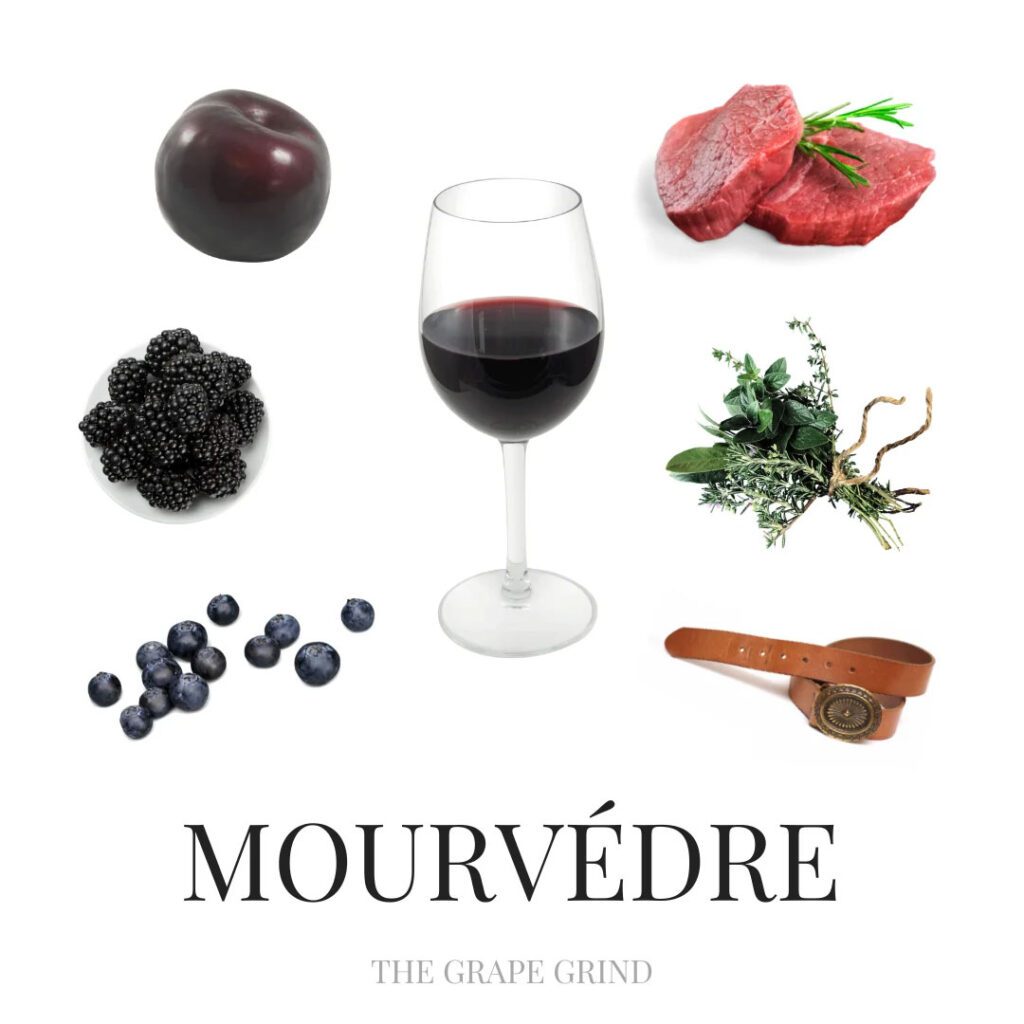
↑ Wine.com is an affiliate partner. We earn a small referral commission at no extra cost to you!. I will never recommend anything that isn’t valuable or useful in my wine study journey, or something I have no experience with. I hope these products/resources are equally helpful in your wine journey.
No matter your current skill level, we can help you improve – pass that exam, share your wine knowledge with others, guide your buyers, enhance your guests’ experience, and show up with confidence and credibility as a wine professional!
Feeling overwhelmed by everything there is to study in wine?
Struggling to stay consistent with tasting, or make it feel purposeful?
Craving connection with others who get what you’re working toward?
Let’s make studying wine less overwhelming, more consistent, and fully enjoyable!
Enter your email below to join our wine newsletter, where we share expert tips, study tools, tasting insights, and updates to support you on your wine journey!
By submitting, you are consenting to receive marketing emails from The Grape Grind. You can unsubscribe at any time.
Want to get better at tasting wine?